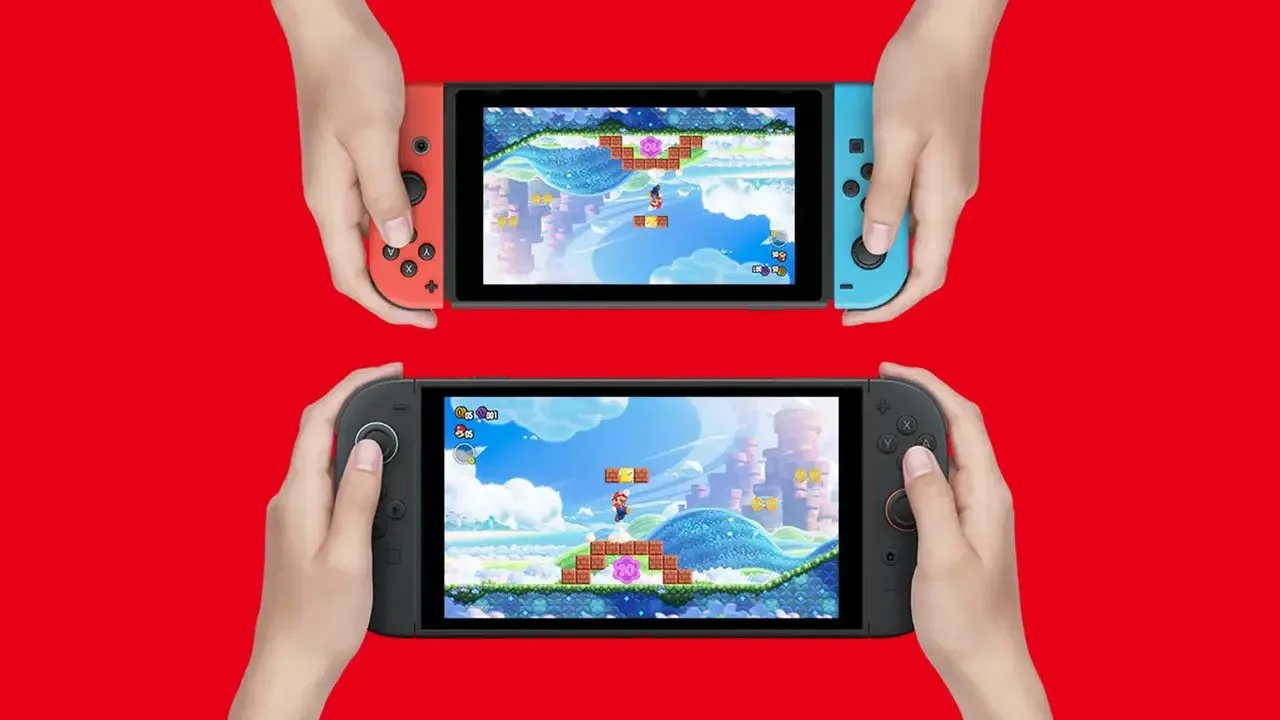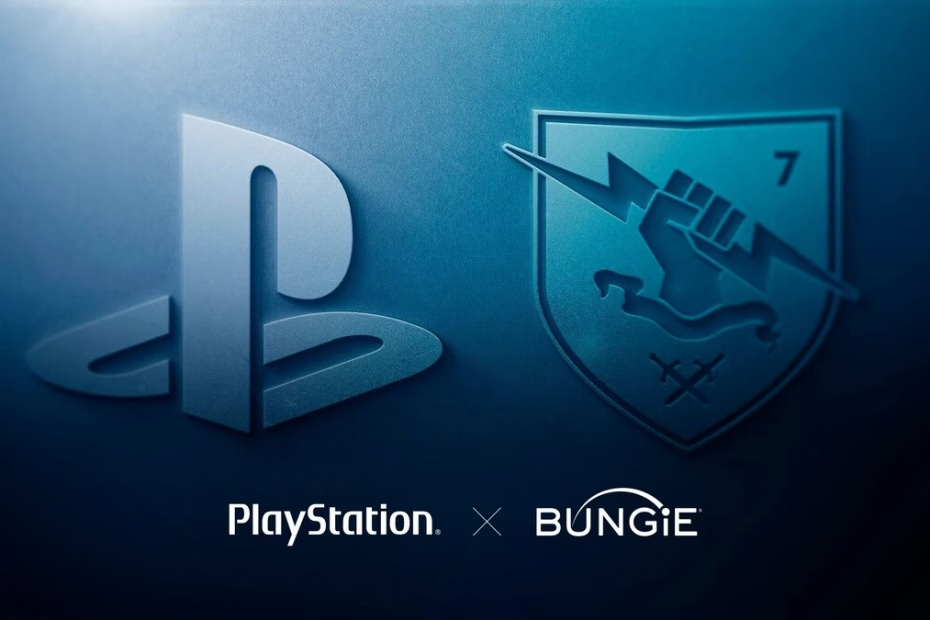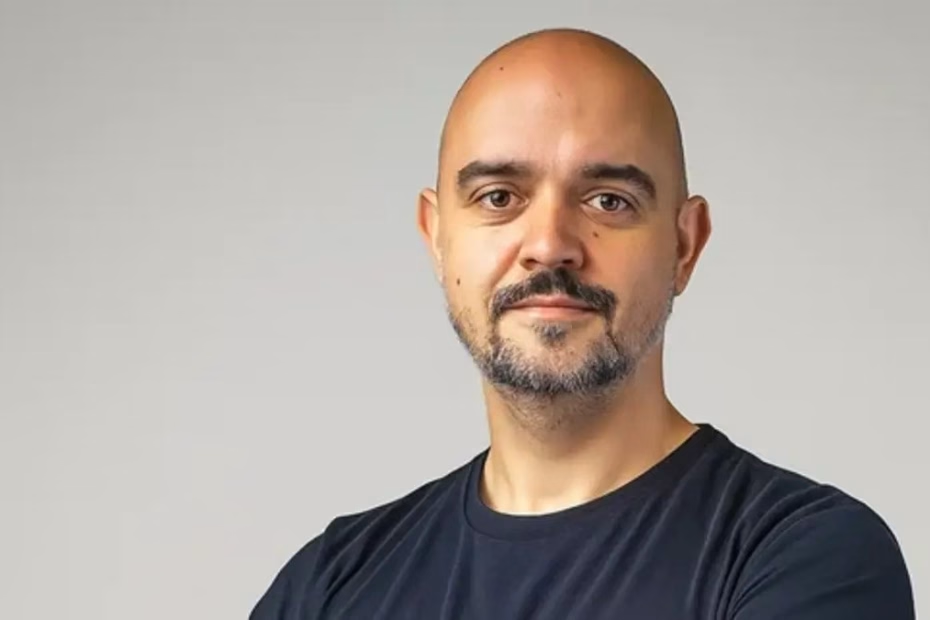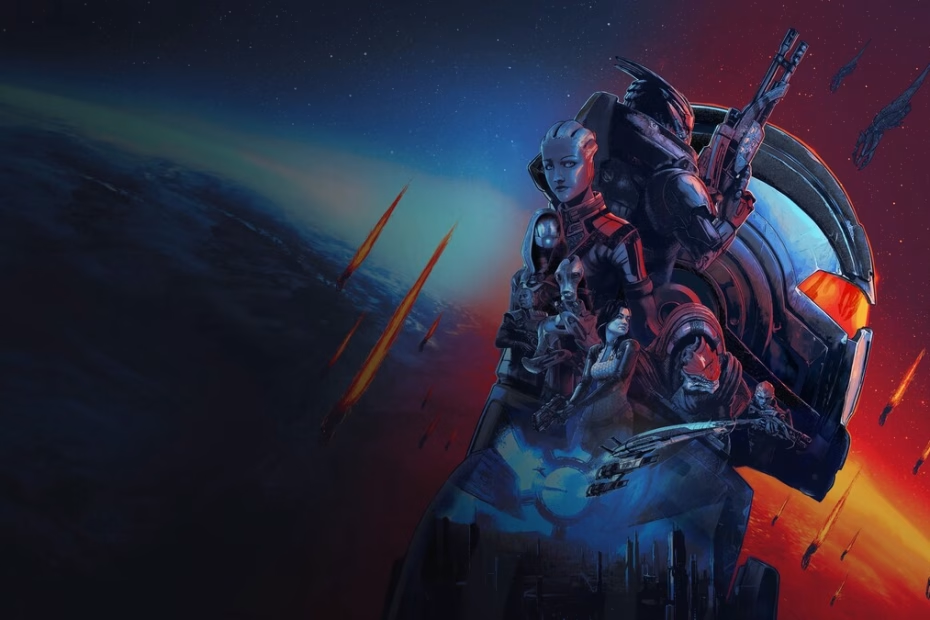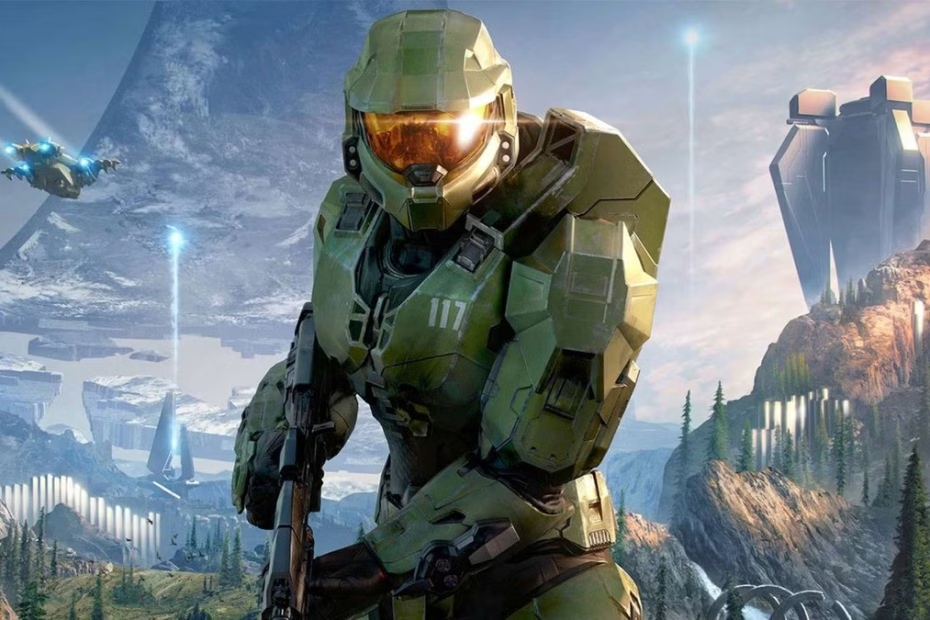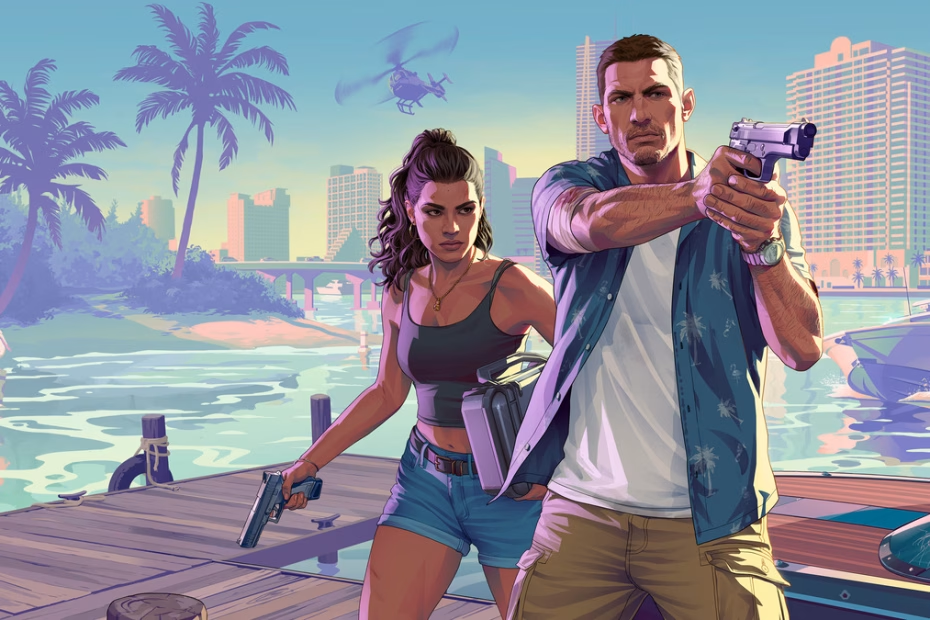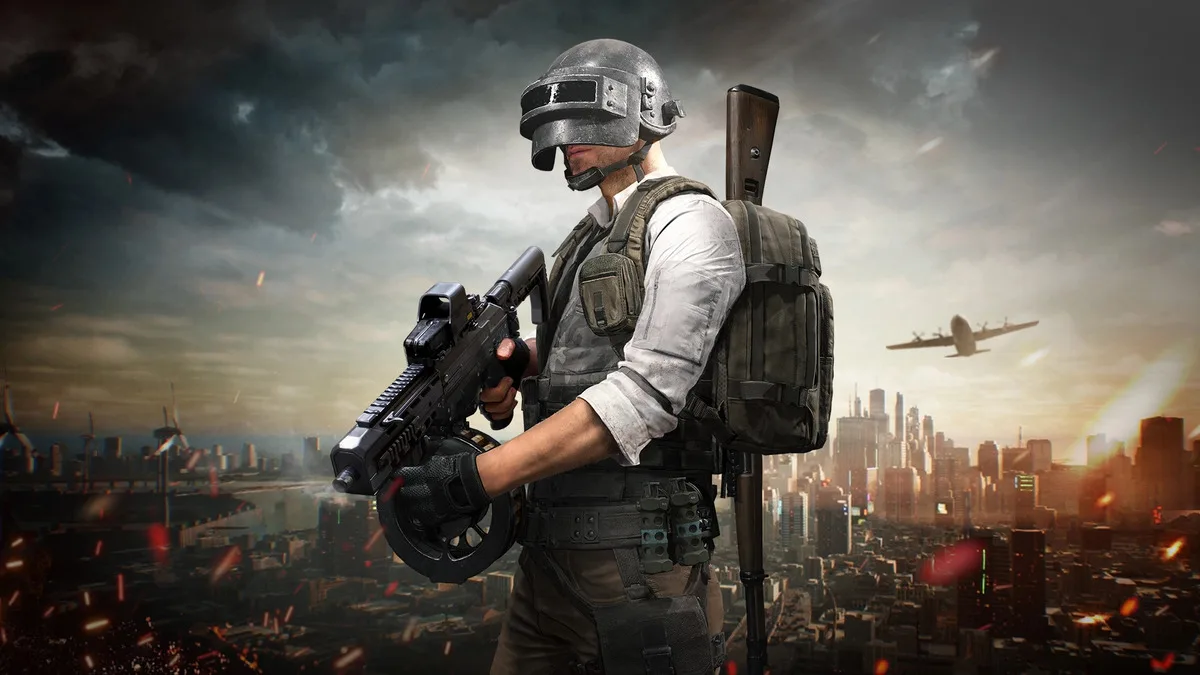
PokéPark Kanto is the latest physical theme part for Nintendo’s footprint
Nintendo has steadily expanded into physical entertainment spaces, from temporary Pokémon parks in the 2000s to the globally recognized Super Nintendo World zones at Universal Studios. The upcoming PokéPark Kanto marks the first permanent Pokémon… PokéPark Kanto is the latest physical theme part for Nintendo’s footprint
